Flowering plants bring beauty, fragrance, and life to any garden, but pests can quickly damage their delicate blooms and foliage. While chemical pesticides may offer quick results, they often come with serious downsides, including harm to beneficial insects like bees and butterflies, contamination of soil and water, and potential risks to human health.
That’s why many gardeners are turning to Homemade Pesticides for Flowering Plants—natural, eco-friendly solutions that effectively control pests without the harmful side effects of synthetic chemicals. These DIY alternatives are not only safer for the environment but also cost-effective and easy to make using common household ingredients.
In this guide, we’ll explore simple, effective homemade pesticide recipes that will keep your flowering plants healthy and thriving while protecting the ecosystem. Whether you’re dealing with aphids, caterpillars, or fungal diseases, these natural solutions will help you maintain a pest-free, blooming garden without compromising safety.
Common Pests Affecting Flowering Plants
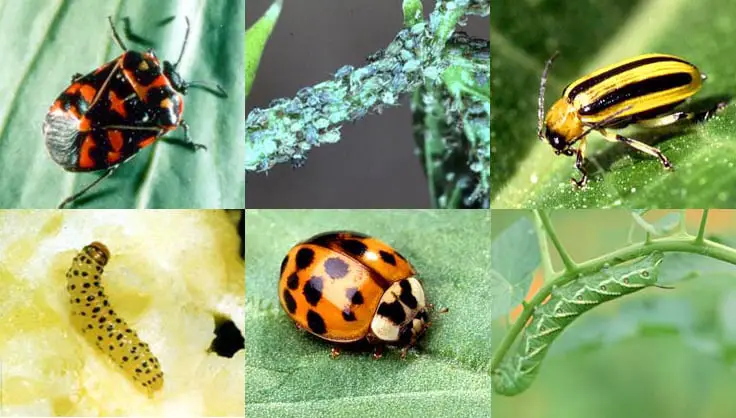
Flowering plants are vulnerable to a variety of pests that can weaken their growth, damage their blooms, and even lead to plant death if left untreated. Identifying these pests early is crucial to keeping your garden healthy. Here are some of the most common pests that attack flowering plants:
- Aphids – These tiny, pear-shaped insects cluster on new growth and the undersides of leaves, sucking sap from the plant. Symptoms include curling leaves, yellowing foliage, and sticky honeydew residue that can lead to sooty mold.
- Spider Mites – Nearly invisible to the naked eye, spider mites cause stippled, yellowing leaves and fine webbing on plant surfaces. They thrive in hot, dry conditions and can quickly spread.
- Whiteflies – These small, white, moth-like insects gather on the undersides of leaves, sucking plant juices and causing wilting, leaf drop, and stunted growth. Their secretions also promote mold growth.
- Caterpillars – While butterflies are welcome in any garden, their larvae can be a major problem. Caterpillars chew holes in leaves and flowers, often devouring entire sections of the plant.
- Thrips – These tiny, slender insects leave behind silver streaks and distorted flower petals as they feed on plant juices.
- Mealybugs – Soft-bodied, white, cottony pests that weaken plants by feeding on sap, causing leaf drop and poor blooming.
If you notice signs like yellowing or distorted leaves, sticky residue, webbing, or chewed foliage, it’s time to take action. Instead of resorting to chemical pesticides, you can protect your plants naturally using Homemade Pesticides for Flowering Plants—effective, eco-friendly solutions that target pests while keeping your garden safe for beneficial insects and pollinators.
Benefits of Homemade Pesticides
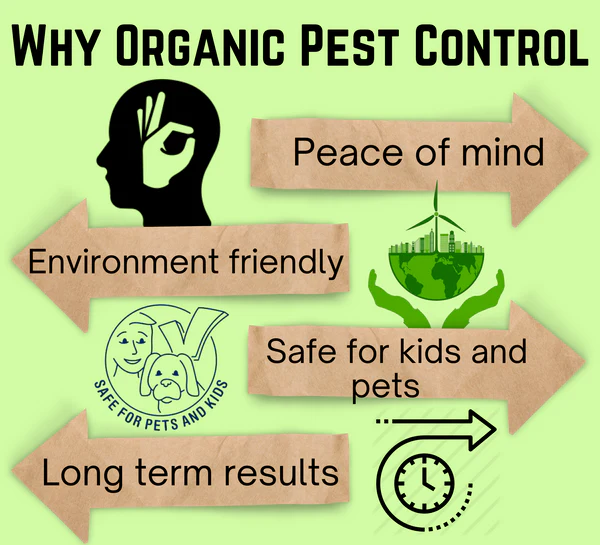
Using homemade pesticides offers numerous advantages over chemical-based solutions. Not only are they effective in controlling pests, but they also provide a safer, more sustainable way to protect your flowering plants. Here are some key benefits:
- Cost-Effective & Easy to Make – Homemade pesticides are made from common household ingredients like soap, garlic, neem oil, and vinegar, making them an affordable alternative to store-bought chemicals. You can create effective pest control solutions without spending extra money on commercial products.
- Safer for Beneficial Insects & Pollinators – Unlike synthetic pesticides that can harm bees, butterflies, and other beneficial insects, natural alternatives target pests without disrupting the ecosystem. This helps maintain a balanced garden where pollinators can continue their vital work.
- Environmentally Friendly – Chemical pesticides can contaminate soil and water, affecting the surrounding environment. Homemade solutions break down naturally, reducing pollution and ensuring a safer space for plants, animals, and humans.
- Non-Toxic for Pets & Children – Many commercial pesticides contain harmful chemicals that pose risks to pets and children who come into contact with treated plants. Homemade alternatives use natural ingredients, making them a safer choice for households with furry friends or little ones.
- Customizable to Your Garden’s Needs – Different pests require different treatments, and homemade pesticides can be tailored to address specific problems. Whether you’re dealing with aphids, caterpillars, or fungal diseases, you can adjust ingredients and concentrations for the best results.
By choosing natural Homemade Pesticides for Flowering Plants, you can effectively control garden pests while ensuring a healthier, more sustainable environment for your blooms to thrive.
Homemade Pesticide Recipes
1. Neem Oil Spray
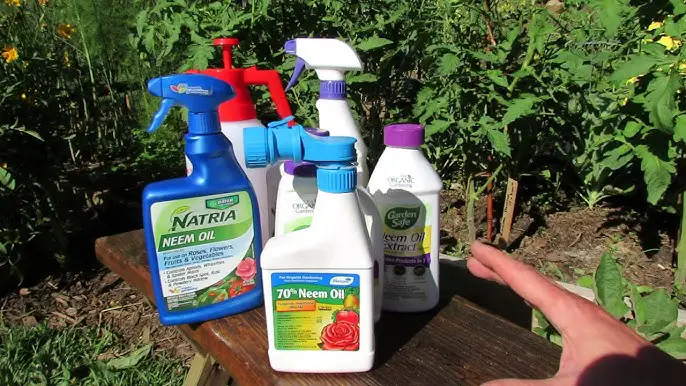
Ingredients:
- 1 teaspoon neem oil (cold-pressed)
- 1 liter (4 cups) of water
- 1/2 teaspoon mild dish soap (to help the oil mix with water)
How to Mix & Apply:
- In a spray bottle, combine the water and dish soap.
- Add neem oil and shake well to mix thoroughly.
- Spray the solution evenly on the leaves, especially the undersides where pests like aphids and spider mites tend to hide.
Best Practices for Usage:
- Apply in the early morning or evening to prevent sunburn on the leaves.
- Use once a week for prevention or every 3-4 days if treating an infestation.
- Avoid spraying on extremely hot or humid days to reduce the risk of plant stress.
- Always test on a small section of the plant before full application to check for any sensitivity.
Neem oil is a powerful natural pesticide that disrupts the life cycle of pests without harming beneficial insects like bees when applied correctly. It’s a must-have solution for anyone using Homemade Pesticides for Flowering Plants!
Related Topics:
2. Garlic and Chili Spray
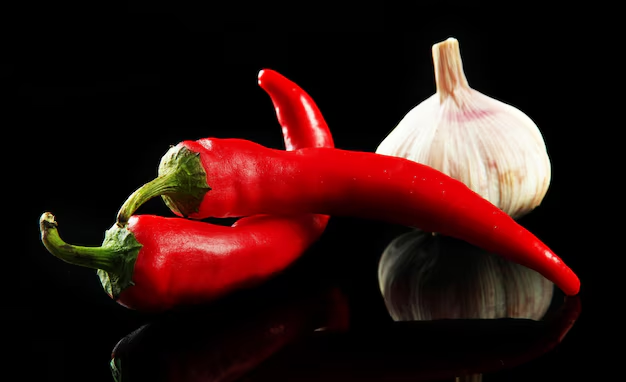
Ingredients:
- 1 whole garlic bulb (about 10 cloves)
- 2 small chili peppers (or 1 teaspoon chili powder)
- 1 liter (4 cups) of water
- 1/2 teaspoon mild dish soap (helps the spray stick to leaves)
How It Works:
Garlic contains sulfur compounds that repel many common pests, including aphids, whiteflies, and caterpillars. Chili peppers add an extra deterrent, as their capsaicin irritates insects and discourages them from feeding on plants. This combination creates a powerful natural repellent without harming beneficial pollinators when applied correctly.
How to Mix & Apply:
- Blend the garlic and chili peppers with water until smooth.
- Let the mixture sit for a few hours to enhance its potency.
- Strain through a fine mesh or cheesecloth to remove solids.
- Add the dish soap and stir well.
- Pour into a spray bottle and apply to plant leaves, focusing on areas where pests are visible.
How Often to Use:
- For prevention: Apply once a week to keep pests away.
- For infestations: Spray every 3-4 days until the pest problem is under control.
- Tip: Avoid spraying during the hottest part of the day to prevent leaf burn. Early morning or evening applications work best.
This Homemade Pesticide for Flowering Plants is an excellent way to protect your garden naturally while keeping harmful chemicals out of your home!
3. Soap and Water Spray
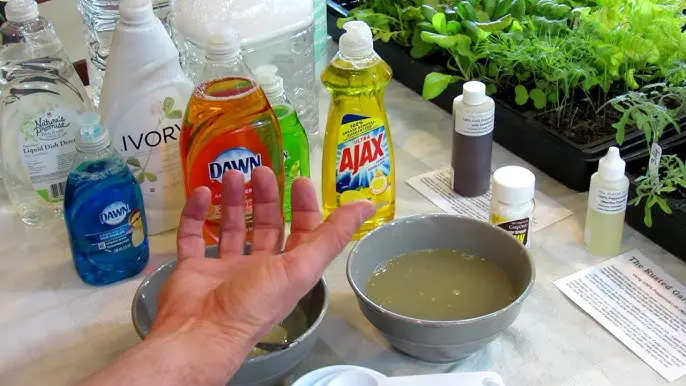
Ingredients:
- 1 teaspoon mild dish soap (unscented and free of harsh chemicals)
- 1 liter (4 cups) of water
Best For:
This simple yet effective spray works best against soft-bodied pests like:
- Aphids
- Whiteflies
- Mealybugs
- Spider mites
The soap breaks down the protective outer coating of these pests, causing them to dehydrate and die without harming the plant when used correctly.
How to Mix & Apply:
- Mix the dish soap and water in a spray bottle.
- Shake gently to combine.
- Spray directly on affected plant areas, covering both the tops and undersides of leaves.
Precautions:
- Test on a small area first – Some flowering plants, especially those with delicate petals like roses or impatiens, may be sensitive to soap sprays. If discoloration or wilting occurs, dilute the mixture further.
- Avoid spraying in direct sunlight – This can cause leaf burn. Apply in the early morning or evening.
- Rinse off after a few hours – If pests persist, reapply every 3–4 days as needed.
Using this Homemade Pesticide for Flowering Plants is a quick and eco-friendly way to manage pests while keeping your garden blooming beautifully!
4. Diatomaceous Earth (DE)

How It Works:
Diatomaceous Earth (DE) is a natural, non-toxic insect killer made from fossilized algae. It works by dehydrating and damaging the exoskeletons of pests like:
- Aphids
- Thrips
- Whiteflies
- Caterpillars
- Slugs
Since DE is a mechanical insecticide, pests cannot develop resistance to it, making it a long-lasting pest control solution.
Best Way to Apply:
- Choose Food-Grade DE – This is safe for plants, pets, and humans.
- Apply a Thin Layer – Lightly dust DE around the base of flowering plants, on the soil, and on leaves where pests are active.
- Reapply After Rain or Watering – Moisture reduces its effectiveness, so reapply as needed.
Safety Considerations for Pollinators:
- Avoid Sprinkling on Flowers – Bees and butterflies may come into contact with DE, which can harm them. Apply only to leaves, stems, and soil.
- Apply in the Evening or Early Morning – This reduces the risk of exposure to pollinators that visit during the day.
- Use Strategically – Focus on pest-prone areas rather than spreading it all over the garden.
Diatomaceous Earth is an excellent Homemade Pesticide for Flowering Plants that offers chemical-free pest control while keeping your garden safe and healthy!
5. Herbal Infusions (Mint, Basil, or Rosemary Spray)
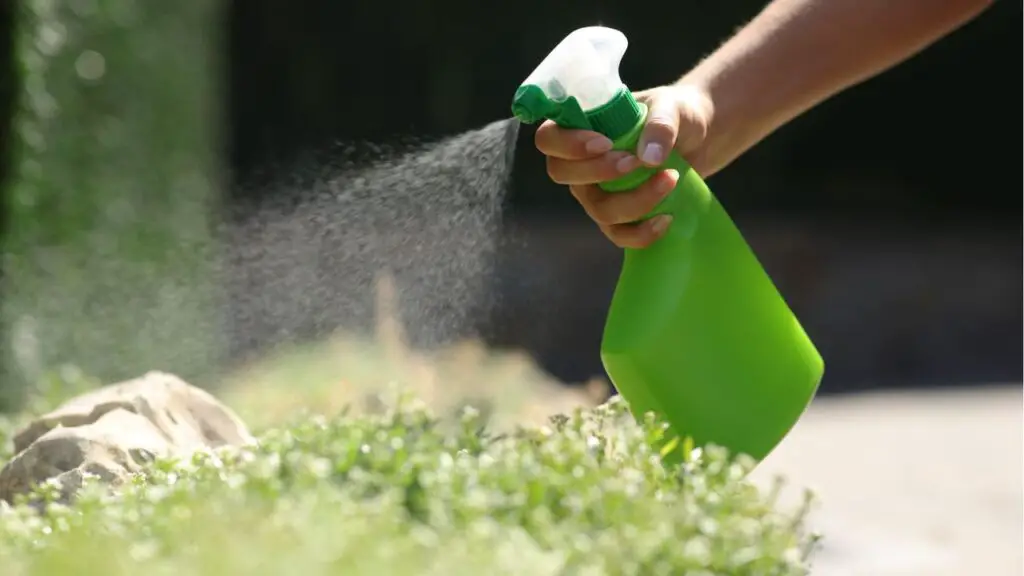
Ingredients:
- 1 cup fresh mint, basil, or rosemary (or 2 tablespoons dried)
- 1 liter (4 cups) of water
- 1/2 teaspoon mild dish soap (helps the spray adhere to leaves)
How These Herbs Act as Natural Pest Deterrents:
- Mint repels aphids, spider mites, and ants with its strong scent.
- Basil deters whiteflies, mosquitoes, and thrips.
- Rosemary repels caterpillars and flies while also preventing fungal growth.
These herbs contain natural essential oils that irritate pests, discouraging them from feeding on your flowering plants.
How to Mix & Apply:
- Boil the water and pour it over the fresh or dried herbs.
- Let the mixture steep for at least 12–24 hours to extract the natural oils.
- Strain out the herbs and mix in the dish soap.
- Pour into a spray bottle and apply to plant leaves, stems, and soil.
Ideal Application Methods:
- Spray early in the morning or evening to avoid leaf burn.
- Use weekly as a preventive measure or every 3–4 days if pests are present.
- Avoid spraying flowers directly to protect pollinators.
This Homemade Pesticide for Flowering Plants is a gentle yet effective way to keep pests away while promoting a thriving, chemical-free garden!
Application Tips for Best Results

To maximize the effectiveness of Homemade Pesticides for Flowering Plants, follow these best practices for safe and efficient application:
1. When & How Often to Apply
- Early morning or late evening – Avoid applying pesticides during peak sunlight hours to prevent leaf burn.
- Regular preventive spraying – Apply once a week to deter pests before infestations occur.
- For active infestations – Spray every 3–4 days until pests are under control.
2. Spot Testing First
- Always test your homemade pesticide on a small section of the plant before full application.
- Wait 24 hours to check for any adverse reactions like leaf discoloration or wilting.
- If no damage occurs, proceed with spraying the entire plant.
3. Avoid Excessive Spraying
- Use targeted applications – Spray affected areas rather than drenching the entire plant.
- Protect beneficial insects – Avoid spraying flowers and areas where pollinators like bees and butterflies gather.
- Rotate treatments – If using multiple homemade pesticides, switch between them to prevent pests from adapting.
By following these simple guidelines, you can safely use Homemade Pesticides for Flowering Plants to keep your garden pest-free while maintaining a balanced and thriving ecosystem.
Preventive Measures to Reduce Pest Infestations
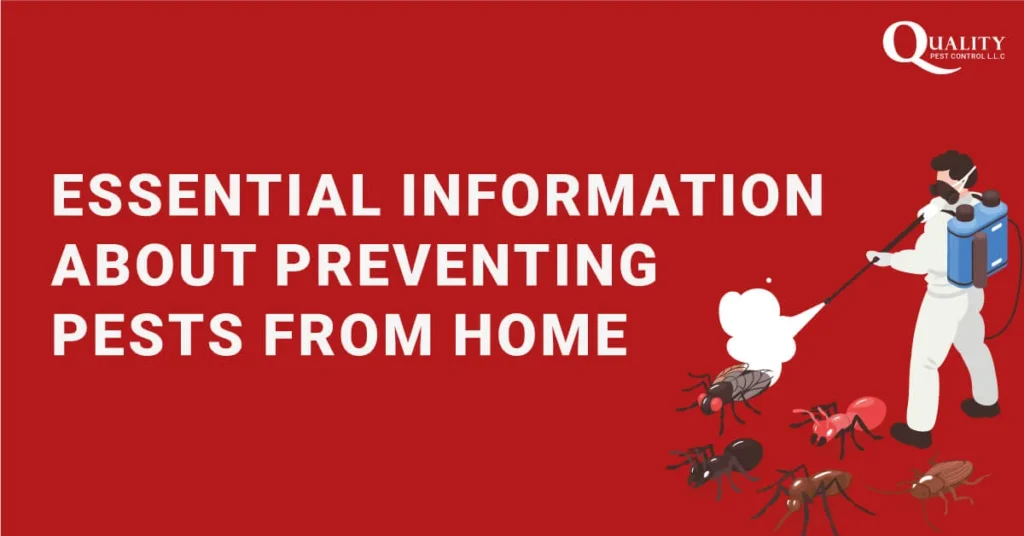
Preventing pest problems is always easier than treating them. By taking proactive steps, you can minimize the need for Homemade Pesticides for Flowering Plants and keep your garden thriving naturally.
1. Companion Planting to Deter Pests Naturally
Certain plants produce natural chemicals or scents that repel pests. Try planting these beneficial companions near your flowering plants:
- Marigolds – Repel aphids, whiteflies, and nematodes.
- Lavender – Deters moths, fleas, and mosquitoes while attracting pollinators.
- Chives & Garlic – Naturally ward off aphids and spider mites.
- Basil – Keeps thrips, whiteflies, and mosquitoes away.
By mixing these pest-repelling plants into your garden, you create a healthier and more balanced ecosystem.
2. Regular Inspection & Pruning of Infected Leaves
- Check plants frequently for early signs of infestation, such as yellowing leaves, sticky residue, or tiny holes in foliage.
- Remove and dispose of infected leaves to prevent pests from spreading.
- Prune overcrowded plants to improve airflow, reducing the risk of fungal diseases and pest hiding spots.
3. Keep Plants Healthy with Proper Watering & Fertilization
Healthy plants are naturally more resistant to pests. Ensure they receive:
- Adequate Watering – Overwatering attracts pests like fungus gnats, while underwatering weakens plants.
- Balanced Fertilization – Use organic compost or slow-release fertilizers to strengthen plant immunity.
- Mulching – Applying mulch helps regulate moisture and prevents pest eggs from settling in the soil.
By integrating these preventive measures into your gardening routine, you can significantly reduce pest problems and rely less on pesticides, ensuring your flowering plants stay vibrant and pest-free!
Homemade Pesticides for Flowering Plants Benefits
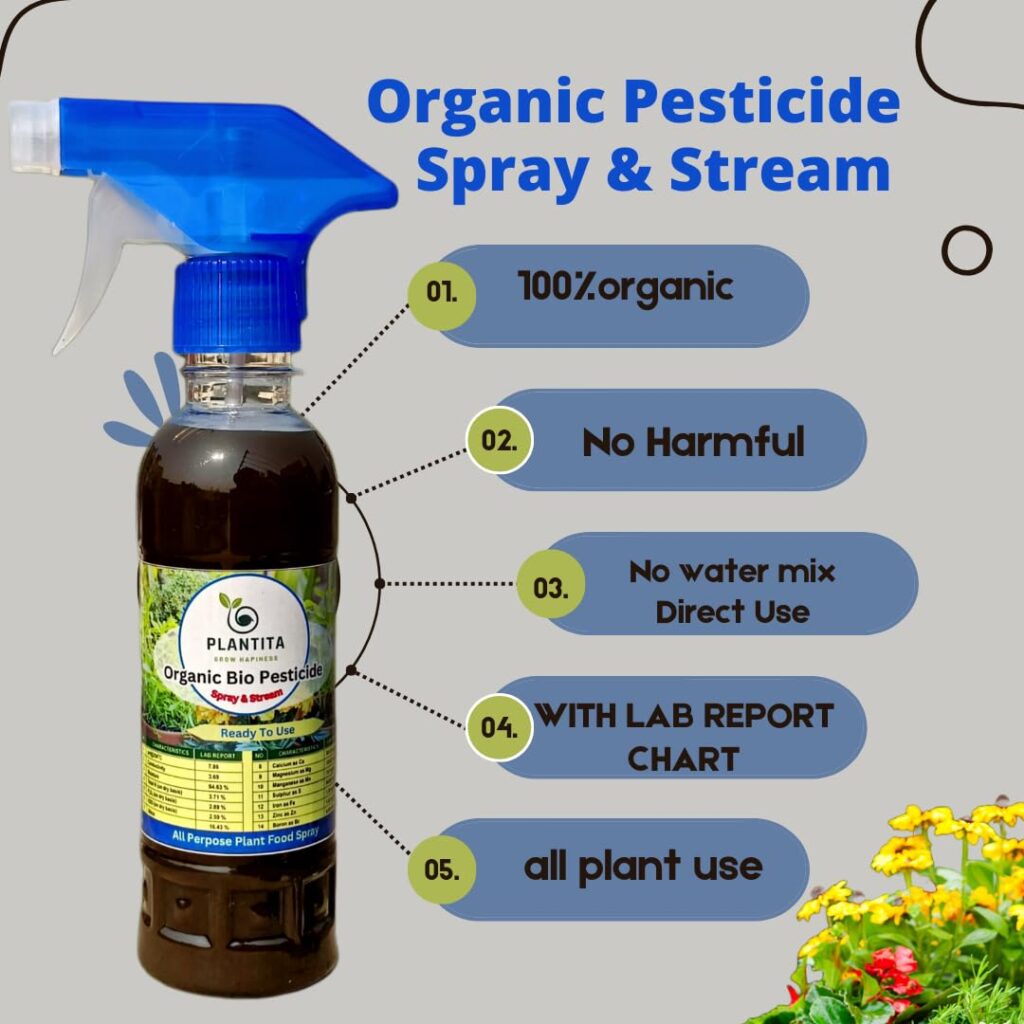
Keeping flowering plants free from pests is essential for their growth and beauty. Homemade Pesticides for Flowering Plants provide a natural, effective way to control common pests like aphids, whiteflies, and caterpillars without harming the environment.
Benefits of Homemade Pesticides:
- Eco-Friendly – Avoids toxic chemicals that can harm pollinators and beneficial insects.
- Cost-Effective – Uses common household ingredients like neem oil, garlic, and soap.
- Safe for Pets & Humans – Reduces exposure to harmful residues in your garden.
- Customizable – Different recipes target specific pests based on your plant’s needs.
- Non-Toxic to Soil & Water – Prevents chemical buildup that can damage plant roots.
- Prevents Pest Resistance – Unlike synthetic pesticides, pests don’t develop immunity.
- Biodegradable – Breaks down naturally without polluting the environment.
- Promotes Plant Health – Some ingredients, like neem oil, also nourish plants.
- Easy to Make & Use – Requires simple steps with readily available ingredients.
- Safer for Edible Plants – Ideal for gardens with vegetables and herbs alongside flowers.
By choosing Homemade Pesticides for Flowering Plants, you create a safe, thriving garden while keeping pests under control naturally!
Using Homemade Pesticides for Flowering Plants is an effective, eco-friendly way to protect your garden from harmful pests while keeping your plants, pollinators, and the environment safe. These natural remedies, such as neem oil spray, garlic and chili repellent, and diatomaceous earth, help control common pests without relying on harsh chemicals.
Before turning to synthetic pesticides, try these natural solutions first. Not only are they cost-effective and easy to make, but they also promote a healthier, more sustainable gardening approach. With regular application, proper plant care, and preventive measures like companion planting and pruning, you can maintain a beautiful, pest-free garden.
Final Tips for Success:
- Apply homemade pesticides at the right time—early morning or evening—to prevent leaf burn.
- Always test a small portion of the plant before full application.
- Keep your plants strong with proper watering, fertilization, and regular inspections.
By choosing natural pest control methods, you’re creating a thriving, chemical-free environment where your flowering plants can flourish beautifully!
FAQs:
1. Are homemade pesticides safe for all flowering plants?
Most homemade pesticides are safe, but some delicate flowers (like orchids and ferns) may be sensitive to certain ingredients. Always spot test on a small area of the plant and wait 24 hours before full application.
2. How often should I apply homemade pesticides?
For prevention, apply once a week. For active infestations, spray every 3–4 days until the pests are under control. Avoid excessive spraying to protect beneficial insects like bees and butterflies.
3. Can homemade pesticides harm pollinators?
When used correctly, homemade pesticides are safer for pollinators than chemical alternatives. To protect bees and butterflies, avoid spraying flowers and apply treatments early in the morning or late in the evening when pollinators are less active.
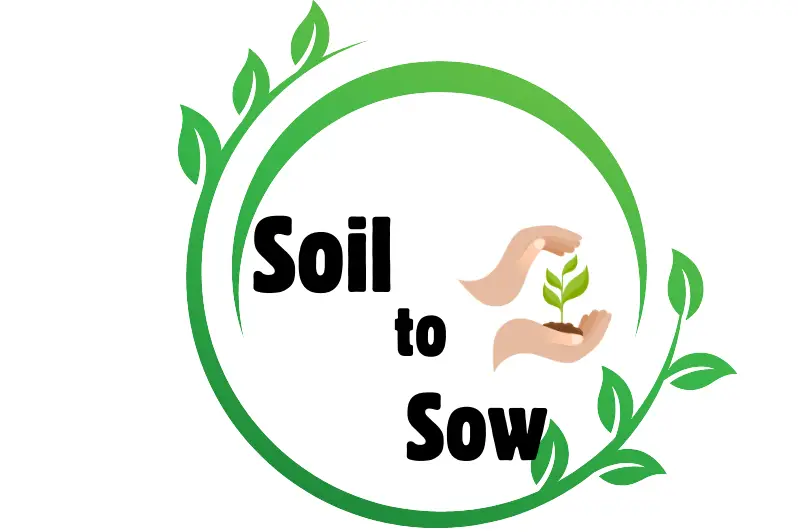
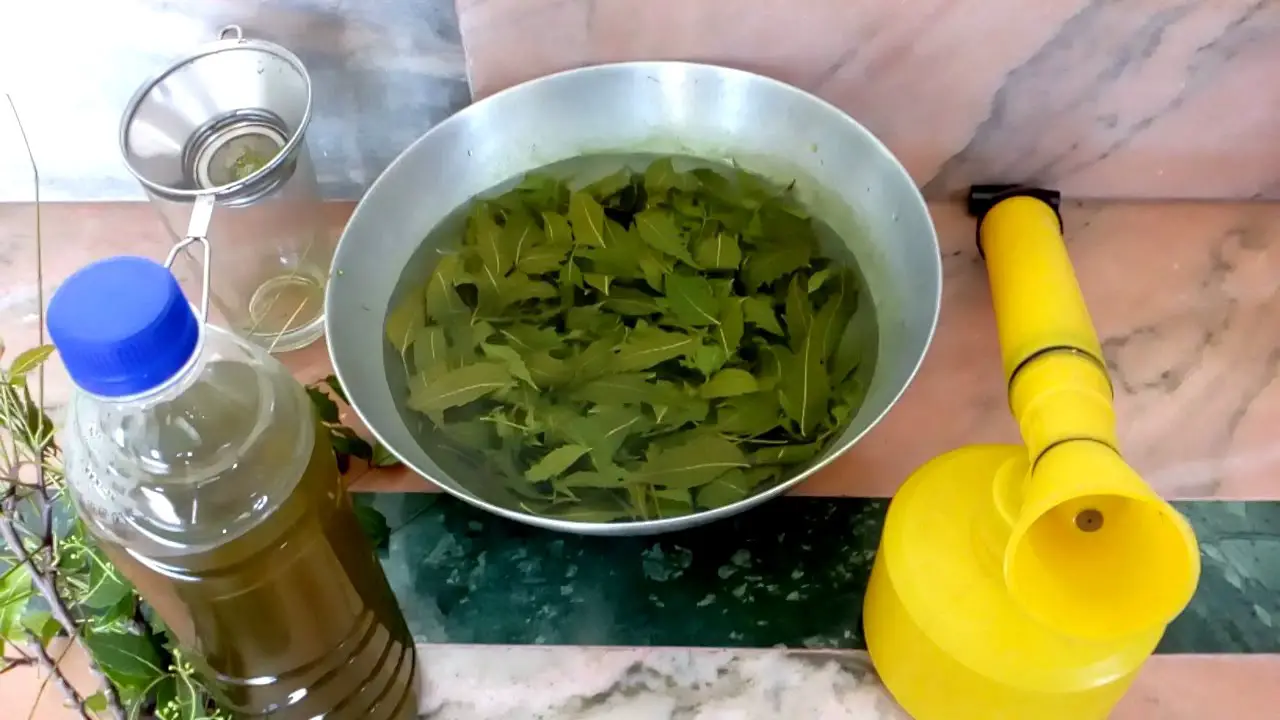
2 thoughts on “Homemade Pesticides for Flowering Plants: Safe & Effective Solutions!”